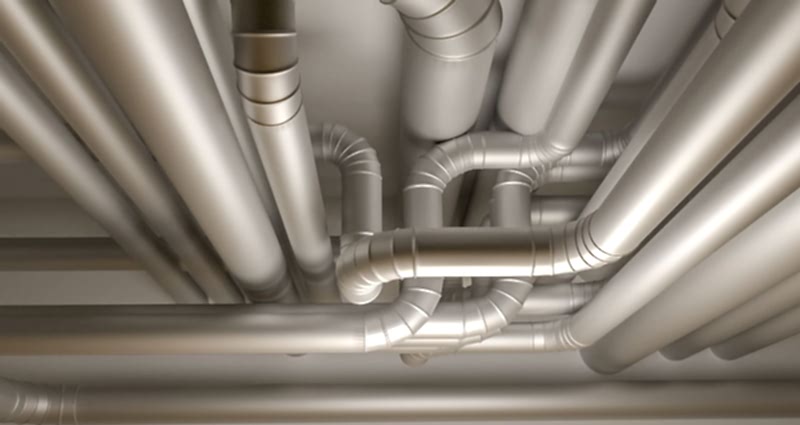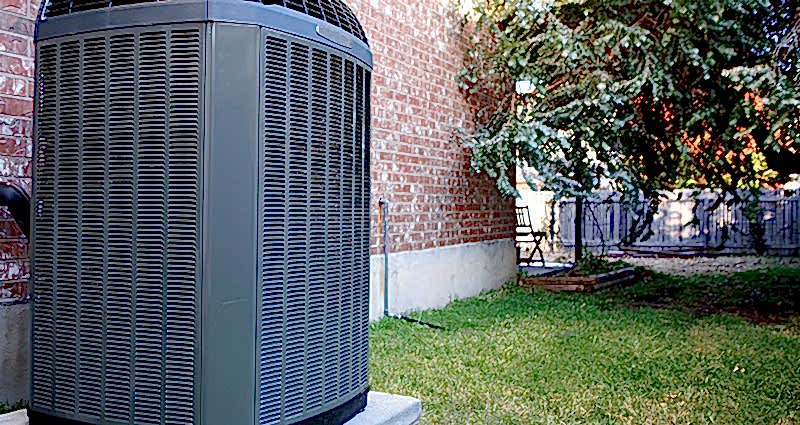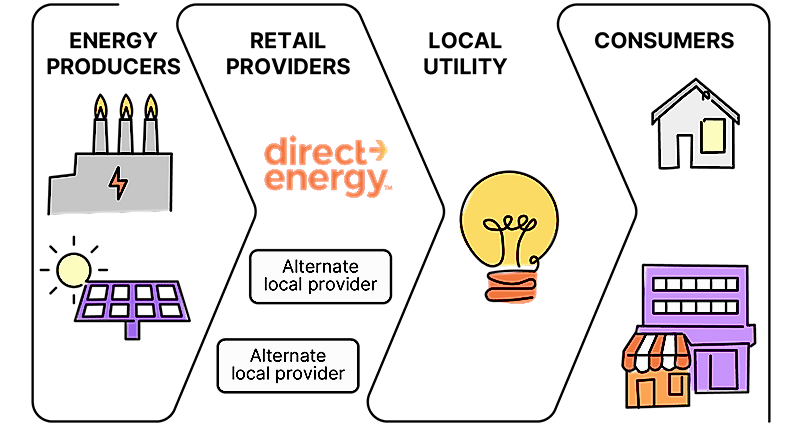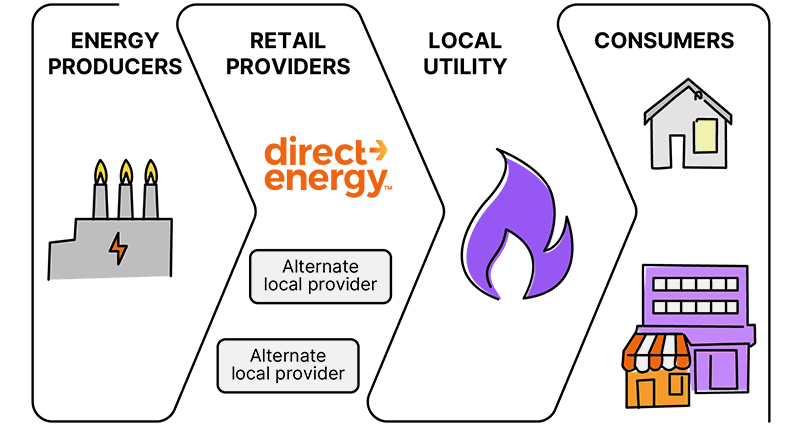How much does it cost to run a hot tub?
Unless you have unlimited funds, you're probably interested in getting an accurate estimate of the upfront and ongoing costs of hot tub ownership. The bad news is that the multitude of factors affecting hot tub energy costs can make this estimate hard to pin down. The good news, however, is that if you're planning on buying a brand-new hot tub, it's likely to be reasonably energy-efficient due to recent technological advances in heating equipment.
Another significant cost factor is climate. If you live in a climate with mild winters, it will cost a lot less to keep your hot tub warm all season. Your heater will work overtime in northern climates, however.
So, how much does it cost to run a hot tub? In terms of electricity costs, many modern hot tub manufacturers advertise their products as costing around $1 per day, with $50 per month at the high end of the average cost range. Let's take a look at what goes into that estimate.
What is the electricity cost of heating a hot tub?
The primary energy hog in a hot tub is the heater, which will draw around 1,500 watts or 6,000 watts, depending on whether it's a 120-volt heater or a 240-volt heater. There's also the water pump to consider, which usually draws about 1,500 watts.
Even when the tub is not in use, the heater will run occasionally to maintain the water temperature. But when you're enjoying a soak, the heater will be running frequently, if not constantly, along with the pump. You can, therefore, estimate that a hot tub with a 120-volt heater will consume 3,000 watts while in use, and one with a larger heater will consume 7,500 watts. These wattages translate into 3 kilowatt-hours (kWh) and 7.5 kWh, respectively. Multiply your hot tub's kWh by the kWh rate on your electricity bill — let's say 12 cents — to find out how much each hour in a hot tub will cost you: 36 cents for 120 volts of heating and 90 cents for 240 volts.
But that's still an estimate. There are several other factors that will affect this price, including:
- The size of your tub — more water requires more heating
- Your tub's thermostat setting
- Outdoor air temperature and wind speeds
- The quality and age of your water heater
There are also multiple features that factor into the cost of maintaining your hot water temperature when the tub is not in use:
- The quality of the tub's insulation
- The quality and fit of the tub's cover
- Whether you use a thermal blanket for additional insulation
- Whether you use a heater timer to emphasize heating during off-peak hours when electricity is cheaper.
Consider all the costs of a hot tub
As you consider all these factors, it's important to keep in mind that the ongoing costs of hot tub ownership don't stop with your electricity bill.
Depending on the system your tub uses to keep the water clean, you'll need to drain and replace the water completely, anywhere from 1 to 6 times per year. Hot tubs also require chemical additives, which can add more than $100 per year in operating costs. There are also filters that will need periodic replacement, and if your tub uses UV light to fight against bacteria, you'll need to replace an expensive UV light bulb about once per year as well.
There may even be upfront costs that you haven't considered. The purchase price of the hot tub isn't everything; installation can cost thousands, not including pouring a concrete slab (depending on where you want it installed) and wiring a new, dedicated 240-volt circuit to run the heater and pump.
Hot tub retailers understand that this is a lot to estimate and manage, and they often make the process of buying a hot tub as involved as buying a new car. So, if you're concerned about how to run a hot tub economically, it's recommended that you work closely with a hot tub dealer to make these calculations based on the specific model you're considering.






































